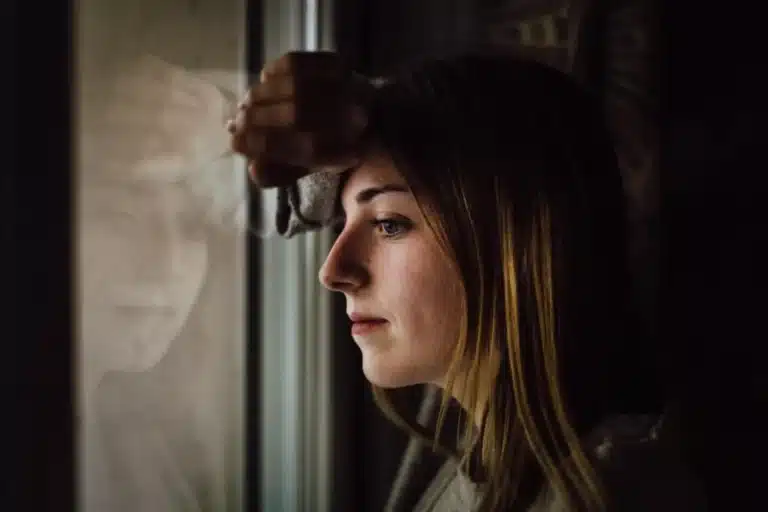Human beings are social creatures, wired to form connections and seek intimacy with others. Our early experiences with caregivers shape our attachment styles, which influence the way we approach relationships throughout our lives.
The concept of attachment styles, first introduced by psychologist John Bowlby and expanded upon by Mary Ainsworth, offers valuable insights into how individuals relate to others and navigate the complexities of emotional bonds.
In this article, we will explore the four main attachment styles—secure, anxious-preoccupied, dismissive-avoidant, and fearful-avoidant—and delve into how these styles manifest in relationship patterns. By unraveling the dynamics of attachment styles, we can gain a deeper understanding of ourselves and our partners, leading to healthier and more fulfilling relationships.
Attachment Styles: An Overview
Attachment styles are deeply ingrained patterns of relating and connecting that individuals develop based on their early experiences with caregivers. These styles form during infancy and childhood. They have a lasting impact on how individuals perceive themselves, others, and the world. The four main attachment styles are secure, anxious-preoccupied, dismissive-avoidant, and fearful-avoidant.
Each style influences the way individuals approach relationships, express their emotions, and navigate intimacy and closeness. Understanding attachment styles can provide valuable insights into relationship dynamics and help foster healthier connections based on trust, empathy, and effective communication.
Secure Attachment Style
Individuals with a secure attachment style typically had caregivers who were consistently responsive, nurturing, and reliable. They feel comfortable with intimacy and are able to express their needs and emotions in relationships. Securely attached individuals have a positive view of themselves and others. They believe in the availability of support and closeness.
Anxious-Preoccupied Attachment Style
Those with an anxious-preoccupied attachment style often had caregivers who were inconsistent in their responsiveness. This creates a sense of uncertainty and unpredictability. People with this style tend to worry about rejection and seek reassurance from their partners. They may be overly dependent on others for validation and fear abandonment. Anxious-preoccupied individuals often have a negative view of themselves, but a positive view of others.
Dismissive-Avoidant Attachment Style
Individuals with a dismissive-avoidant attachment style typically had caregivers who were emotionally unavailable or distant. They learn to rely on themselves and suppress their emotional needs. Dismissive-avoidant individuals tend to value independence and autonomy, avoiding emotional closeness and intimacy. They have a positive view of themselves but a negative view of others. Oftentimes dismissing the importance of relationships.
Fearful-Avoidant Attachment Style
The fearful-avoidant attachment style, also known as disorganized attachment. It is characterized by conflicting desires for intimacy and fear of rejection or abandonment. Individuals with this style often had caregivers who were inconsistent or abusive, leading to a sense of confusion and fear in relationships. Fearful-avoidant individuals may display ambivalence, vacillating between seeking closeness and pushing others away. They have a negative view of both themselves and others.
Unraveling Relationship Patterns
Attachment styles play a significant role in shaping relationship patterns and dynamics.
Partners with compatible attachment styles often experience greater harmony and understanding, while those with contrasting styles may encounter challenges and conflicts. Here’s a closer look at how each attachment style manifests in relationships:

Secure Attachment Style
Individuals with a secure attachment style tend to have healthier and more satisfying relationships. They are comfortable with emotional intimacy and have effective communication skills.
Securely attached individuals are responsive to their partner’s needs, provide support during difficult times, and maintain a balance between independence and closeness.
Anxious-Preoccupied Attachment Style
Those with an anxious-preoccupied attachment style may exhibit clingy or needy behaviors in relationships. They often seek constant reassurance and worry about their partner’s commitment.
Anxiously attached individuals may experience emotional highs and lows, displaying heightened sensitivity to relationship dynamics. They may become preoccupied with thoughts of rejection and abandonment, leading to a cycle of seeking validation and experiencing anxiety.
Dismissive-Avoidant Attachment Style
Individuals with a dismissive-avoidant attachment style value independence and may struggle with emotional intimacy. They tend to suppress their emotions and avoid relying on others for support.
Dismissive-avoidant individuals may distance themselves emotionally and have difficulty expressing their needs or connecting on a deeper level. They may prioritize self-reliance and personal space, sometimes appearing detached or uninterested in relationships.
Fearful-Avoidant Attachment Style
Those with a fearful-avoidant attachment style experience a mix of longing for intimacy and fear of rejection. They may struggle with trust and have difficulty forming secure attachments.
Fearful-avoidant individuals may display contradictory behaviors, alternating between seeking closeness and pushing their partner away. They may struggle with emotional regulation and experience challenges in maintaining stable and fulfilling relationships.
To sum up
Understanding the four attachment styles and their impact on relationship patterns can provide valuable insights into ourselves and our partners. By recognizing our own attachment style and that of our partner, we can navigate relationship challenges with greater empathy and understanding.
Developing secure attachment patterns, characterized by emotional responsiveness, trust, and effective communication, can lead to healthier and more fulfilling relationships. By unraveling the dynamics of attachment styles, we can break free from negative patterns, cultivate intimacy, and create connections that are rooted in trust, compassion, and genuine love.
References:
David J. Wallin. Attachment in Psychotherapy, 2015.
Hazan, C., & Shaver, P. Romantic love conceptualized as an attachment process, 52(3), 511–524, 1987.
Bartholomew, K., & Horowitz, L. M. Attachment styles among young adults: A test of a four-category model. Journal of Personality and Social Psychology, 61(2), 226–244, 1991.










